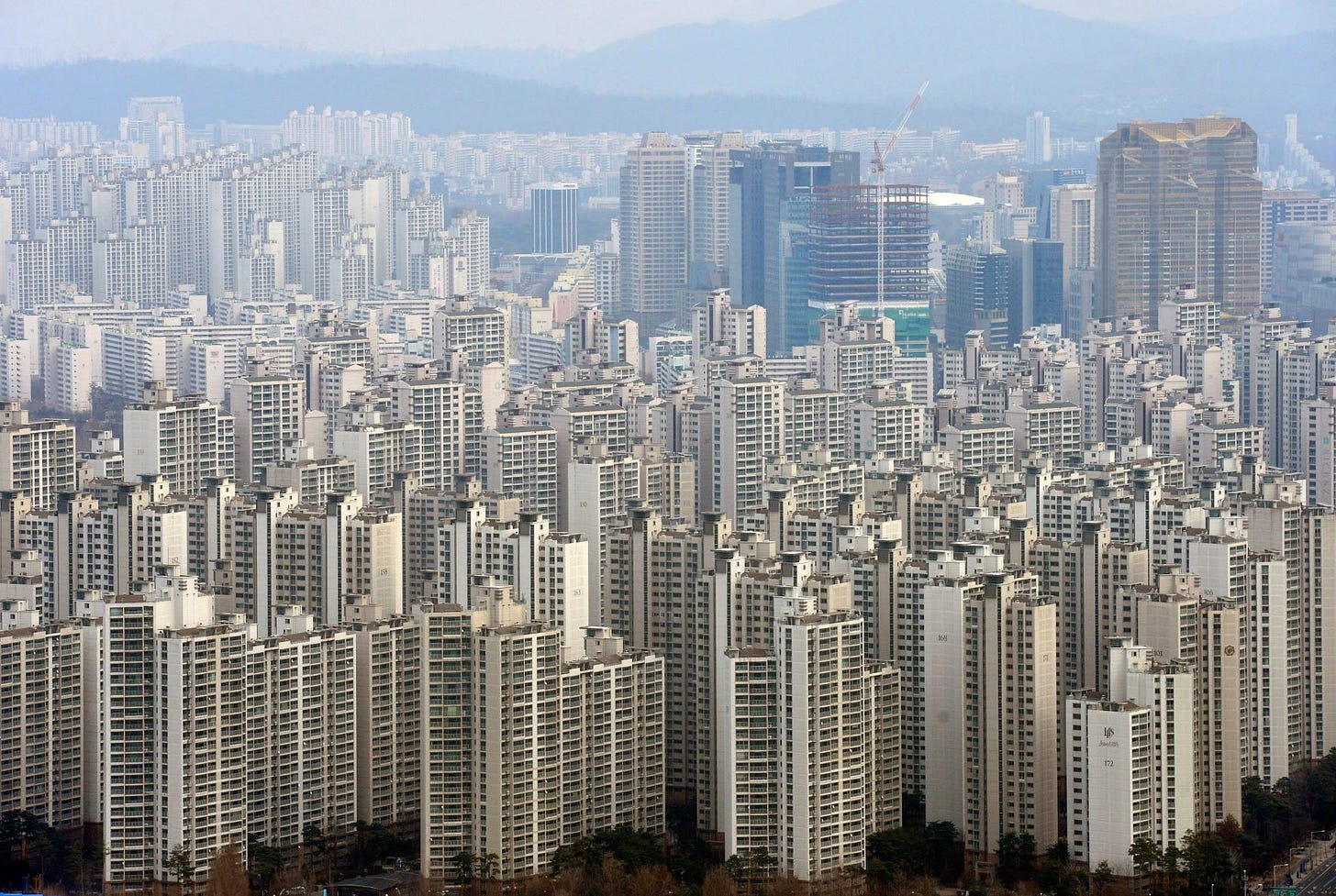Population of South Korea
In the previous posting, I showed how small South Korea is relative to some of the well-known countries in the world. Despite the small land size, South Korea boasts about 51 million in total population, which ranks as the 28th most populous nation in the world, according to the Worldometer.
109th largest country in land size that has 28th most people… You don’t have to be a mathematician to figure out that the population density is quite high in South Korea.
But wait, there’s more. About 70% of its land is mountainous, not suitable for building homes and other types of residences, allowing even less living spaces per capita.
The capital of South Korea is Seoul, of course, and Seoul has many incorporated smaller cities surrounding it. These cities are officially in the Gyeonggi Province (경기도), as is Incheon, the nation’s 3rd largest city by population, which is only 20 miles west of Seoul.
The area inside the red oval is where Seoul, Incheon, and other smaller suburbs are located and the total area of the oval is about half the size of Los Angeles County, or the same size as Delaware and Rhode Island (the two smallest US states) combined.
In that red oval, more than half of all South Koreans reside. Yes, you read that right. About 26 million people are packed into that giant metropolis. That is precisely why you see these types of high-rise apartment buildings everywhere around the capital city.
Conversely, the countryside is sparsely populated and a huge number of municipalities are facing the ever-decreasing number of citizens.
One of the most stunning numbers regarding population in Korea is its birth (or, fertility) rate. The country ranks dead last in the world with 1.052 births per two people, meaning that in the next few decades the Korean population will essentially be cut in half if this number doesn’t change. We will look at this issue in more detail some time later in a separate posting.





